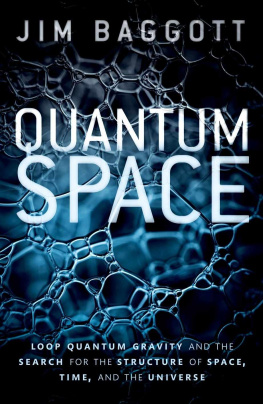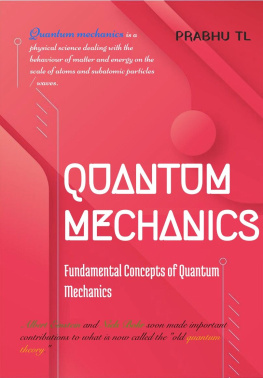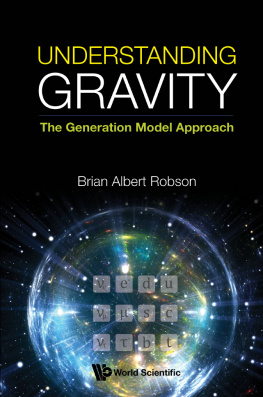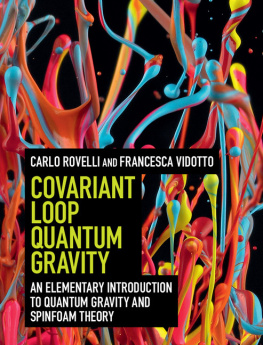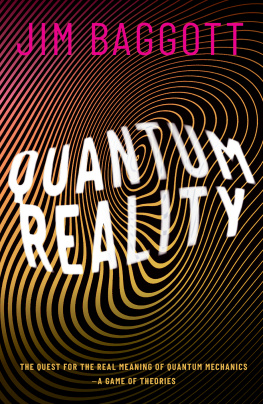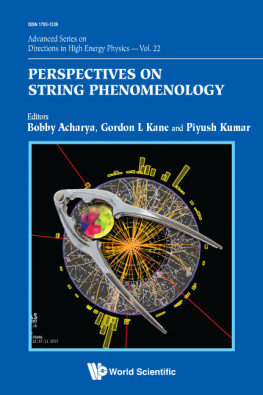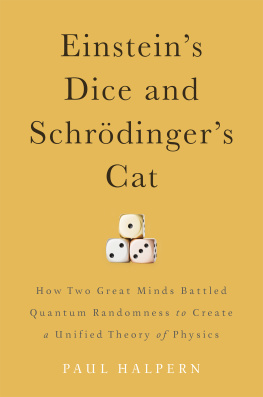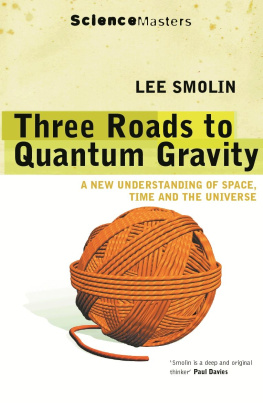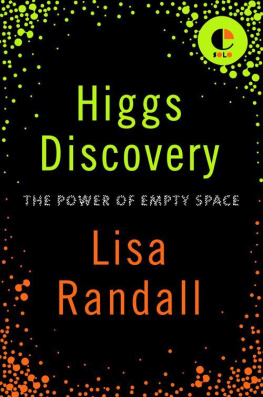Jim Baggott [Baggott - Quantum Space: Loop Quantum Gravity and the Search for the Structure of Space, Time, and the Universe
Here you can read online Jim Baggott [Baggott - Quantum Space: Loop Quantum Gravity and the Search for the Structure of Space, Time, and the Universe full text of the book (entire story) in english for free. Download pdf and epub, get meaning, cover and reviews about this ebook. year: 2018, publisher: Oxford University Press, genre: Art. Description of the work, (preface) as well as reviews are available. Best literature library LitArk.com created for fans of good reading and offers a wide selection of genres:
Romance novel
Science fiction
Adventure
Detective
Science
History
Home and family
Prose
Art
Politics
Computer
Non-fiction
Religion
Business
Children
Humor
Choose a favorite category and find really read worthwhile books. Enjoy immersion in the world of imagination, feel the emotions of the characters or learn something new for yourself, make an fascinating discovery.
- Book:Quantum Space: Loop Quantum Gravity and the Search for the Structure of Space, Time, and the Universe
- Author:
- Publisher:Oxford University Press
- Genre:
- Year:2018
- Rating:5 / 5
- Favourites:Add to favourites
- Your mark:
Quantum Space: Loop Quantum Gravity and the Search for the Structure of Space, Time, and the Universe: summary, description and annotation
We offer to read an annotation, description, summary or preface (depends on what the author of the book "Quantum Space: Loop Quantum Gravity and the Search for the Structure of Space, Time, and the Universe" wrote himself). If you haven't found the necessary information about the book — write in the comments, we will try to find it.
Today we are blessed with two extraordinarily successful theories of physics. The first is Albert Einsteins general theory of relativity, which describes the large-scale behaviour of matter in a curved spacetime. This theory is the basis for the standard model of big bang cosmology. The discovery of gravitational waves at the LIGO observatory in the US (and then Virgo, in Italy) is only the most recent of this theorys many triumphs.
The second is quantum mechanics. This theory describes the properties and behaviour of matter and radiation at their smallest scales. It is the basis for the standard model of particle physics, which builds up all the visible constituents of the universe out of collections of quarks, electrons and force-carrying particles such as photons. The discovery of the Higgs boson at CERN in Geneva is only the most recent of this theorys many triumphs.
But, while they are both highly successful, these two structures leave a lot of important questions unanswered. They are also based on two different interpretations of space and time, and are therefore fundamentally incompatible. We have two descriptions but, as far as we know, weve only ever had one universe. What we need is a quantum theory of gravity.
Approaches to formulating such a theory have primarily followed two paths. One leads to String Theory, which has for long been fashionable, and about which much has been written. But String Theory has become mired in problems. In this book, Jim Baggott describes the road less travelled: an approach which takes relativity as its starting point, and leads to a structure called Loop Quantum Gravity. Baggott tells the story through the careers and pioneering work of two of the theorys most prominent contributors, Lee Smolin and Carlo Rovelli. Combining clear discussions of both quantum theory and general relativity, this book offers one of the first efforts to explain the new quantum theory of space and time.
**
Jim Baggott [Baggott: author's other books
Who wrote Quantum Space: Loop Quantum Gravity and the Search for the Structure of Space, Time, and the Universe? Find out the surname, the name of the author of the book and a list of all author's works by series.

